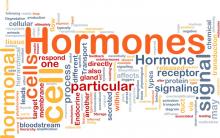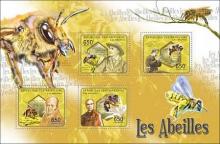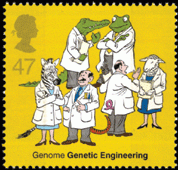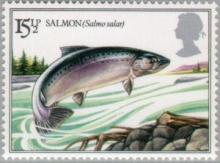Henk Tennekes in vakblad NVT: Ingrijpende herziening van de risico analyse van chemische producten is dringend noodzakelijk
Het Paracelsus paradigma dosis sola facit venenum (alleen de hoeveelheid maakt het vergif) vormt nog steeds de basis voor de beoordeling van risico’s van chemische producten. De risico analyse gaat er van uit dat - met uitzondering van genotoxiciteit - voor vrijwel alle potentiele risico’s van chemische producten drempelwaarden kunnen worden bepaald waar beneden geen giftige werking meer optreedt. Deze benadering zal naar mijn overtuiging ooit te boek staan als één van de grootste dwalingen in de toxicologie omdat onvoldoende rekening wordt gehouden met de cumulatieve toxiciteit van sommige giftige stoffen.










